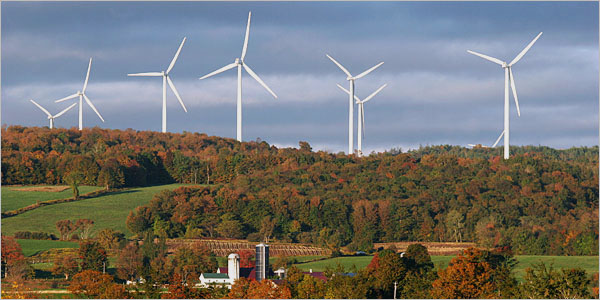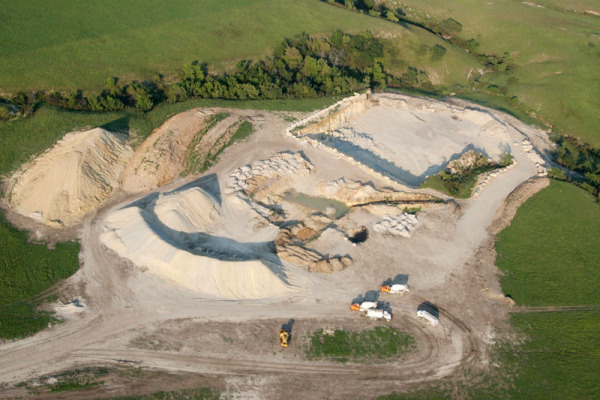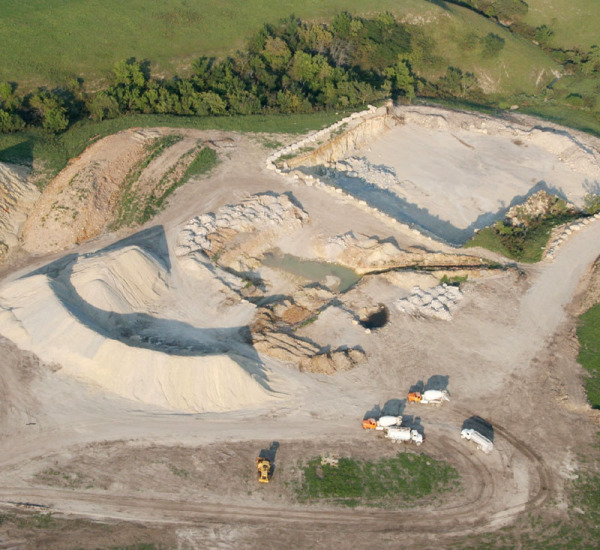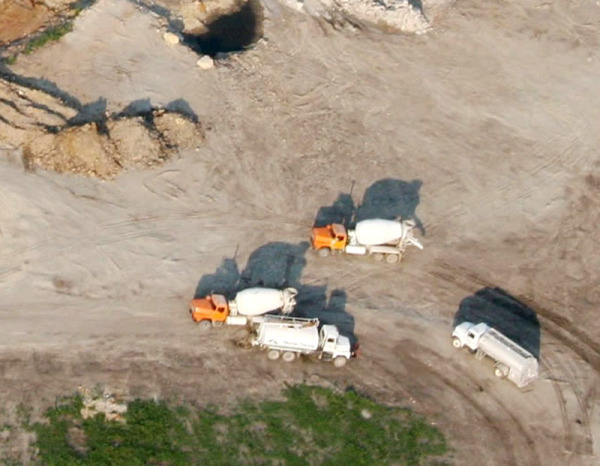THE European Union has taken the lead on many climate change issues — from ratifying the Kyoto Protocol to passing laws to require and encourage the development of renewable sources of energy. Why, then, are so many European energy companies looking to the United States for investment opportunities?
For António Mexia, the chief executive of Energías de Portugal, the answer is short and simple. “The United States is the fastest-growing market in the world for wind power,” he said. “If we want to be a leader, we have to be here.”
In July, Energías paid nearly $3 billion to buy Horizon Wind Energy from the Goldman Sachs Group. The purchase, Mr. Mexia’s first foray into the United States, doubled the amount of wind power in Energías’s portfolio, giving the once sleepy utility the fourth-largest wind-farm capacity, behind Iberdrola of Spain, FPL Energy (an affiliate of Florida Power and Light) and another Spanish company, Acciona Energía.
All the biggest players in wind power are focused on the United States. Earlier this year, Acciona acquired the wind farm development rights of EcoEnergy of Elgin, Ill., and Iberdrola bought CPV Wind Ventures of Silver Spring, Md. Iberdrola also added the wind development company PPM Energy of Portland, Ore., through its acquisition of a British company, ScottishPower, in April, and in 2006 it bought Community Energy of Radnor, Pa. BP, based in Britain, also added to its green portfolio in 2006, by buying two United States wind developers, Greenlight Energy and Orion Energy. Last month, the German company E.On bought the North American wind farms of Airtricity, of Dublin, Ireland, for $1.4 billion.
In short, those looking to be big come here. “In America you can put up a 200- or 300-megawatt wind park,” Mr. Mexia said. “You can’t do that in Europe,” because there is not as much open space.
There is also greater potential for growth in the United States, where wind farms account for about only 1 percent of installed generating capacity. In some European countries, that figure is as high as 10 percent.
But the biggest incentive is not the scope and speed of the wind blowing across the Prairie States, but a number of laws put in place in Washington and about half the states to encourage the development of renewable energy.
At the federal level, energy legislation calls for subsidies for wind power producers in the form of a tax credit. Meanwhile, 25 states now have laws that require utilities to obtain a certain quota of the power they sell from renewable resources. That combination puts the United States at the top of Ernst & Young’s ranking of countries based on their renewable energy markets.
For many United States companies, however, that patchwork of laws and regulations amounts to a headache. Things are much simpler in Europe.
Spain, for instance, sets electric rates once a year, and many European Union countries have simple “feed-in tariffs,” under which producers are paid at fixed rates for electricity generated from renewable resources. But in the United States, “regulation is a daily event,” said Edward Tirello, a senior strategist at Berenson & Company, a consulting firm.
Until recently, Mr. Tirello said, many European energy companies were state owned, and they still enjoy the legacy of their monopoly positions, including rich cash flows.
For Mr. Mexia, the mix of state and federal laws in the United States provides Energías de Portugal with “regulatory diversity.” It also provides an investment field unfettered by legacy issues. It does not hurt that European utilities are used to lower margins. They are usually happy to receive a 9 percent return on equity, whereas utilities in the United States commonly receive rates of return of about 11 percent. Unregulated power-generation assets, including many wind farms, have no caps on their profits.
But European power companies are not just looking at the United States; they have expanded to countries in Europe beyond their traditional home bases and are considering projects in Asia.
“The U.S. is a bridgehead in a global market for renewable assets,” said Jonathan Johns, head of renewable energy at Ernst & Young.
Bolstered by the bulk and visibility of its United States acquisitions, Iberdrola plans to spin off its renewable energy business in an initial public offering before the end of this year.
Energías de Portugal, which has already demonstrated a willingness to pay up to stay in the game, is unlikely to be far behind.
“We are studying an I.P.O. of our worldwide wind business in 2008,” Mr. Mexia said.







